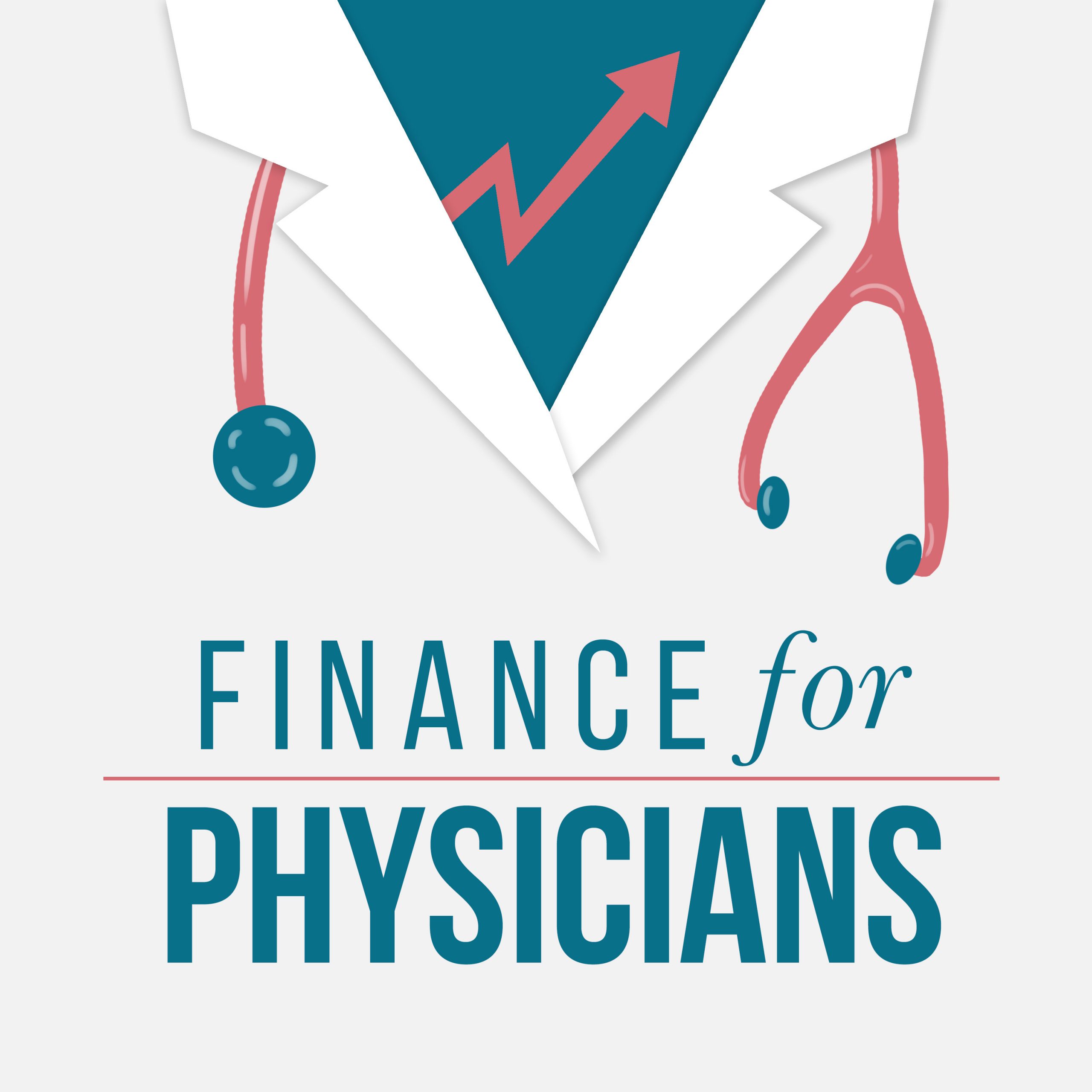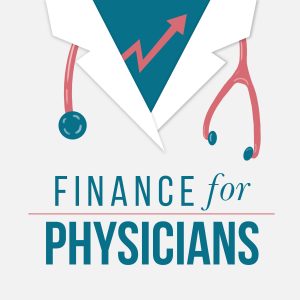This post originally appeared on the Wrenne Financial Planning blog. You can check out the original here and find out more about WFP by visiting their website. I hope you enjoy the quick read!
Are you thinking about bailing out on PSLF? Before you sign on the dotted line, do yourself a favor and read this.
So I’m talking with John. John has a big student loan balance… somewhere around $300,000. His work at a nonprofit hospital qualifies him for Public Service Loan Forgiveness “PSLF”. But he is concerned about the program panning out. All the negative media stories have put him on edge. At best, he feels it’s a gamble. He can handle putting a few dollars on the line in blackjack. But not $300,000. He is thinking about cutting his losses and bailing on PSLF now before it gets worse. He could do a private refinance today and cut 3% off his interest rate. Sounds appealing, right? Read on to find out what John ended up doing.
If you’re feeling uneasy about PSLF, trust me, you’re not alone. In fact, I have conversations with people like John all the time. Some of them are still on the fence. And some of them have already pulled the plug on PSLF. Hopefully you’re reading this and haven’t pulled the plug yet.
Proceed with extreme caution! The decision to drop PSLF is very impactful. Sometimes dropping PSLF is a good move. Other times it’s not. What’s concerning, though, are the reasons we’re seeing people drop PSLF — they’re not very well thought out and often lead to costly mistakes. In this post, I’ll share a few of the most common reasons we see people bail on PSLF and talk about how you can avoid making mistakes when navigating this important decision.
PSLF Horror Stories
Not long before our conversation, John heard a story about a hard working doctor, like him, that worked 10 years in public service, applied for PSLF, and was totally blindsided when he got declined. He spent the last 10 years planning his life around the loans being forgiven. But the government pulled the rug out from under him. Reading this makes John think he could be going down the exact same path. The problem with the story was that it focused on the painful outcome and didn’t spend much time talking about the cause or how this guy could have avoided it. It makes you think that there was nothing he could have done differently. And it implies the government is out to get you.
It’s definitely a sad story, but the government didn’t stiff him. He got declined because he didn’t qualify. The PSLF program is very complicated. But this guy had plenty of time to make sure he met all of those qualifications. Why didn’t he complete employment verification or read up on the program more? That would have raised a red flag early on. Or he could have hired someone like us, and we would have been able to tell him in two seconds he was not on track. There are a number of things this person could have done differently to avoid this situation. But that part doesn’t make for an exciting story.
This type of story might be a great wake up call for you to get your student loans in order. But don’t let it scare you into bailing out PSLF. If you hear a PSLF story that really gets under your skin, take a few minutes to understand what really happened. How could this person have avoided the bad outcome? Was it under their control or totally unavoidable? How can you avoid the same situation? If you can take a minute to understand what really happened, often times you’ll realize it’s not always what it seems on the surface. In our experience, this has been especially true with PSLF horror stories.
PSLF Rules of Thumb
I was talking with a couple recently that bailed on PSLF shortly before reaching out to us. They were just starting in practice at nonprofit hospitals and were going to have a very high income. Knocking out student loans was top on their list. So like any savvy millennial, they consulted google for advice on how to proceed. After a few quick searches, they realized there was a simple rule of thumb that applied to them. If your income is really high, you should skip PSLF and refinance to private student loans. In their minds, their income was “really high”. So they refinanced their 7% interest rate federal loans into a new 5 year term at a 3% interest rate.
Makes all the sense in the world right? The problem was they failed to actually run their PSLF numbers. With PSLF being as complex as it is, rules of thumb are dangerous. If they had projected their PSLF payments, they would have realized that it would have saved them over $300,000 compared to the refinance at 3%! Unfortunately, by the time we got to them, it was too late. The numbers don’t always pan out this way, but the only way to know is to run them for your situation.
Don’t count on rules of thumb. Always run the numbers for your specific situation. You should know exactly what you’re forfeiting (in terms of PSLF benefits) before you refinance to a private loan. There is no going back once you take that step. Often times, we see numbers like this example in the hundreds of thousands. If this couple had known that PSLF would save them $300,000, they would have stuck with the program.
PSLF Misunderstood Risks
Many people we talk to, like John, simply say they don’t want to take a risk with PSLF. But what risk are they actually talking about? Most people we see are referencing the risk that the government will take away the program and leave them hanging. That is definitely possible. But what are the chances? Let’s look at the facts. If you’ve already taken out a loan, you have entered into a legal contract with the government (via promissory note). The financial ratings of the US government are very high. And I’m not aware of an example where the US government has broken a contract with its citizens like this. They often change programs but will typically grandfather in those participants with existing promised benefits. And on top of that, nothing indicates something like this is brewing. There are all kinds of new proposals for changes but none are proposing stiffing existing borrowers. So given all the facts, I’d say the government/political risks for existing borrowers is very low. Now for future borrowers, that’s a different story.
While we’re talking about risk, let’s talk about the real risk of PSLF blowing up for you. I’ll call this complexity risk. The problem with this complexity risk is that it’s flying under the radar. This is the risk that you and your loan servicer can’t keep up with all the PSLF rules and regulations. As a result, administrative errors occur and reduce or even eliminate the value of PSLF. We see errors being made all over the place. And most of the time, people are unaware of them.
If you don’t have your ducks in a row with PSLF, there is a very good chance you will be declined. And that doesn’t mean the government is stiffing you. It means that PSLF is a very complicated program that is difficult to keep up with. The government isn’t just going to forgive $300,000 because you ask for it. You shouldn’t expect it to be an easy approval. There is definitely some risk with going for PSLF, but you can dramatically reduce that risk by keeping your ducks in a row, staying on top of the program, and micromanaging your loan servicer. And if you’ve done all you can to mitigate the risk and are still concerned, set up a side account where you build up money to eventually pay off the loans in the event the program blows up.
Maybe for you the cost of keeping up with all this is not worth the benefits. And that’s fine. But don’t be that guy that says I’m bailing on PSLF because the government is going to stiff me without having any real evidence that this is actually going to occur. Don’t rely on rules of thumb, either. Instead, run the numbers for your specific circumstances so that you can make an educated decision. And if you decide you’re all-in, you better have your ducks in a row.
So — what happened with John? Fortunately, John hadn’t pulled the trigger yet. And we were able to help him look at this logically, run the numbers for his situation and asses the true risks of it not panning out. Overall this process gave him greater confidence in PSLF. And to his surprise, sticking with PSLF was going to save him over $100,000 (compared to the refinance he was considering). After seeing all this, it was easy for him to feel good about sticking with PSLF.
If you need help getting your PSLF ducks in a row, let us know. We’re happy to chat sometime and see if we might add value. You can schedule a no cost consult here.




